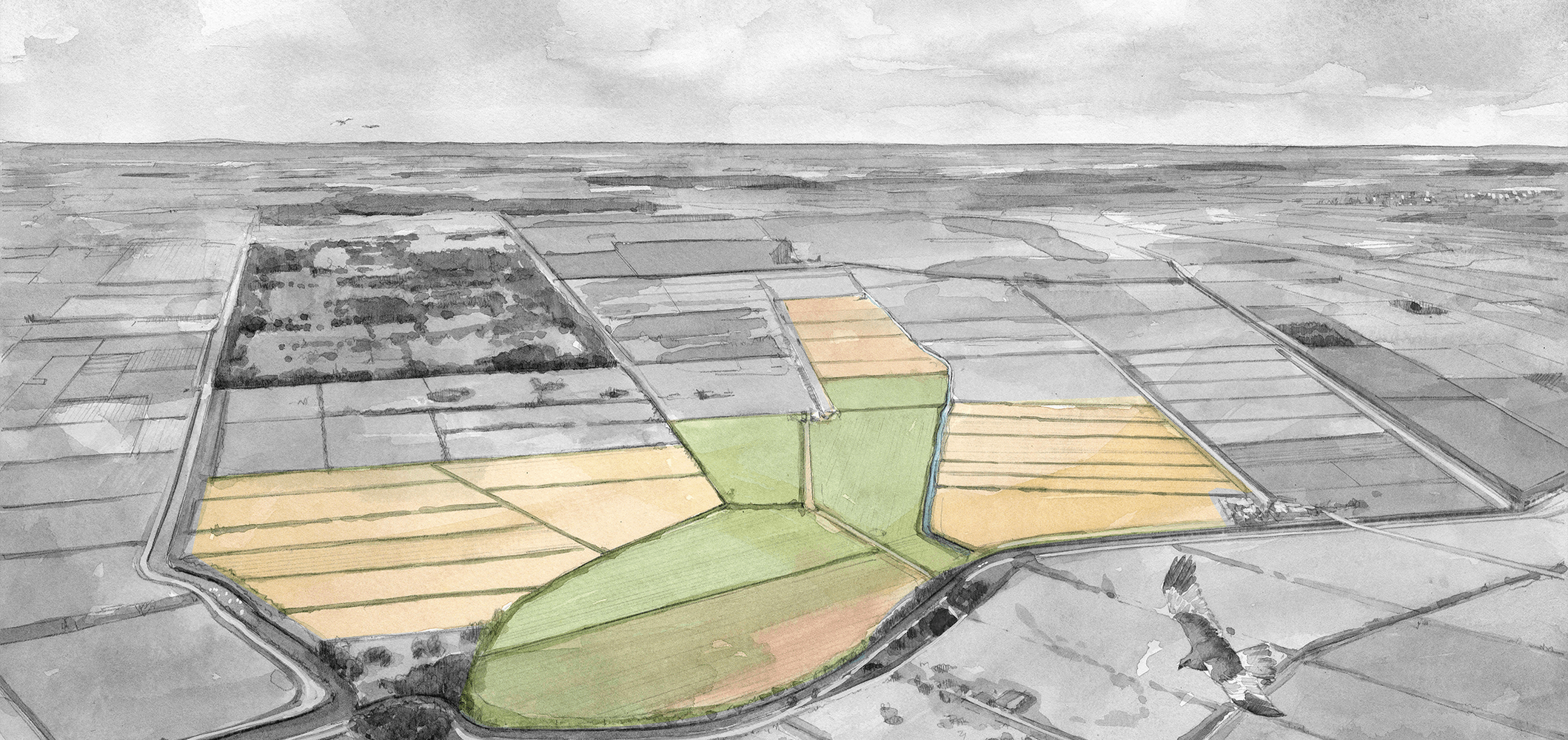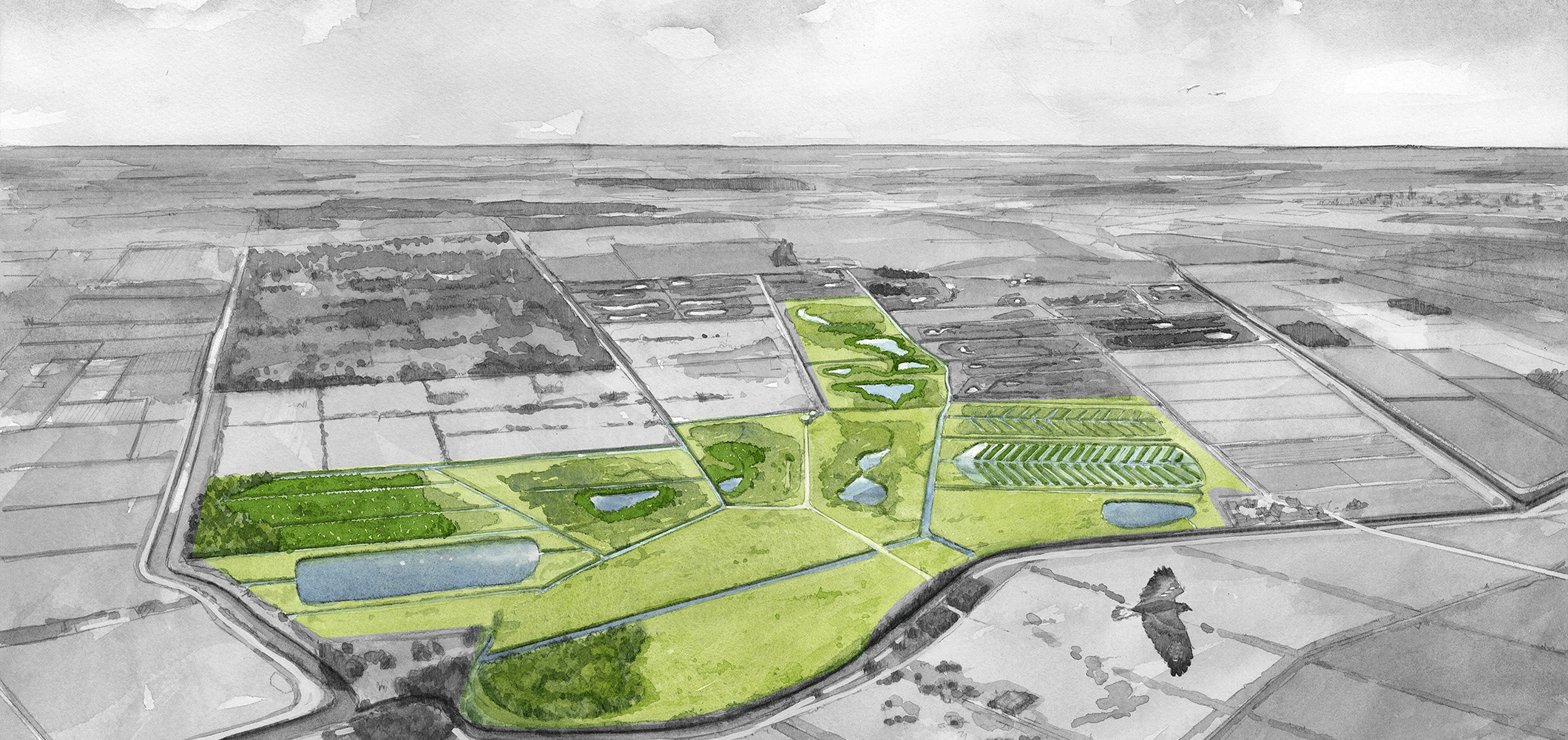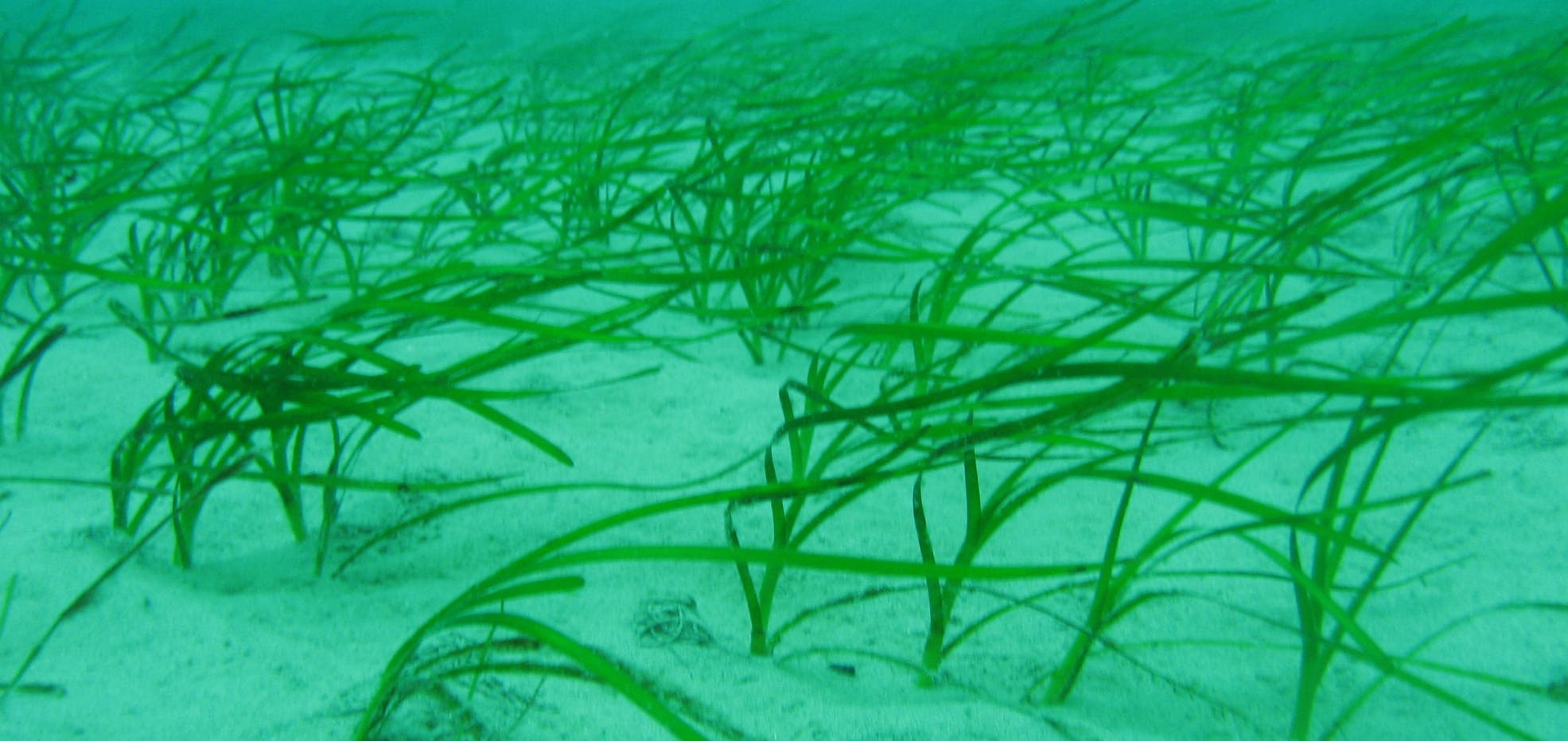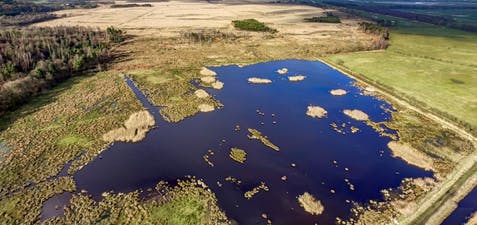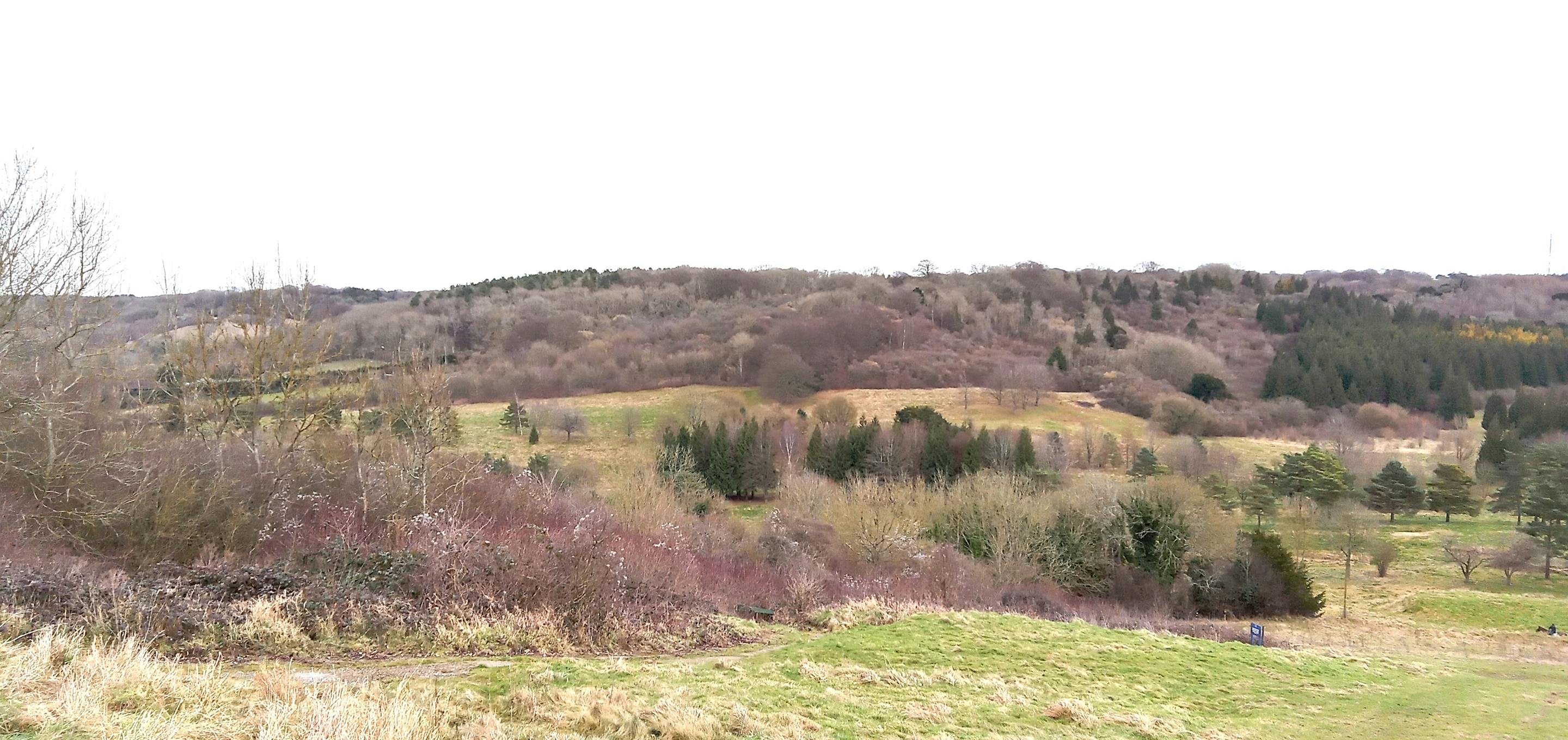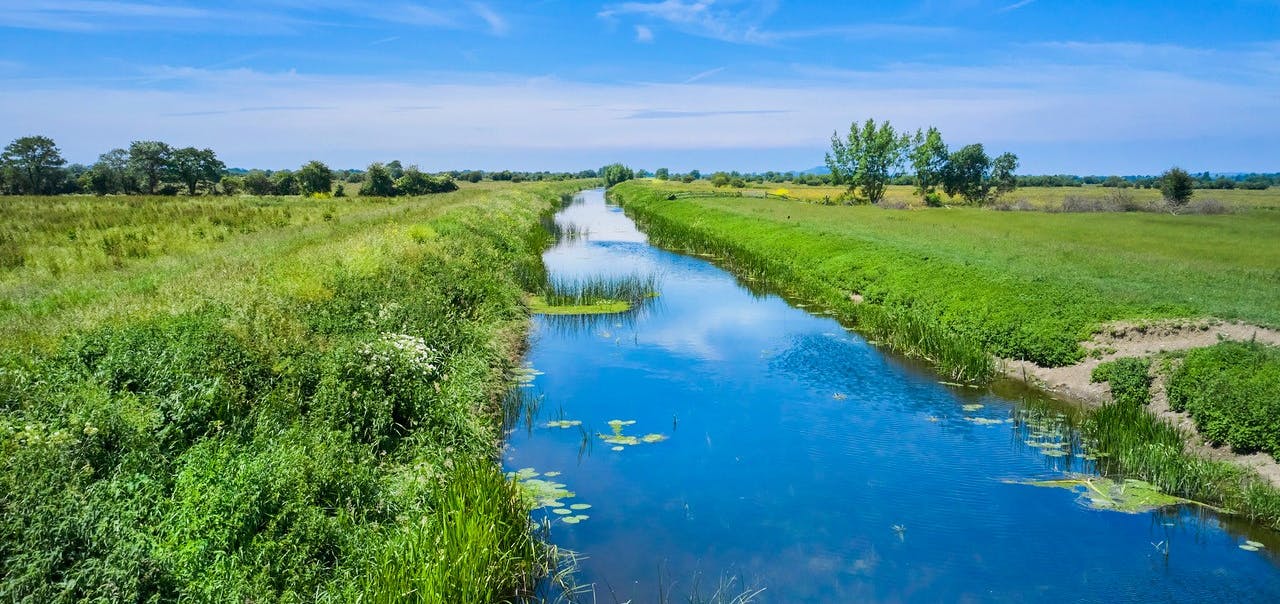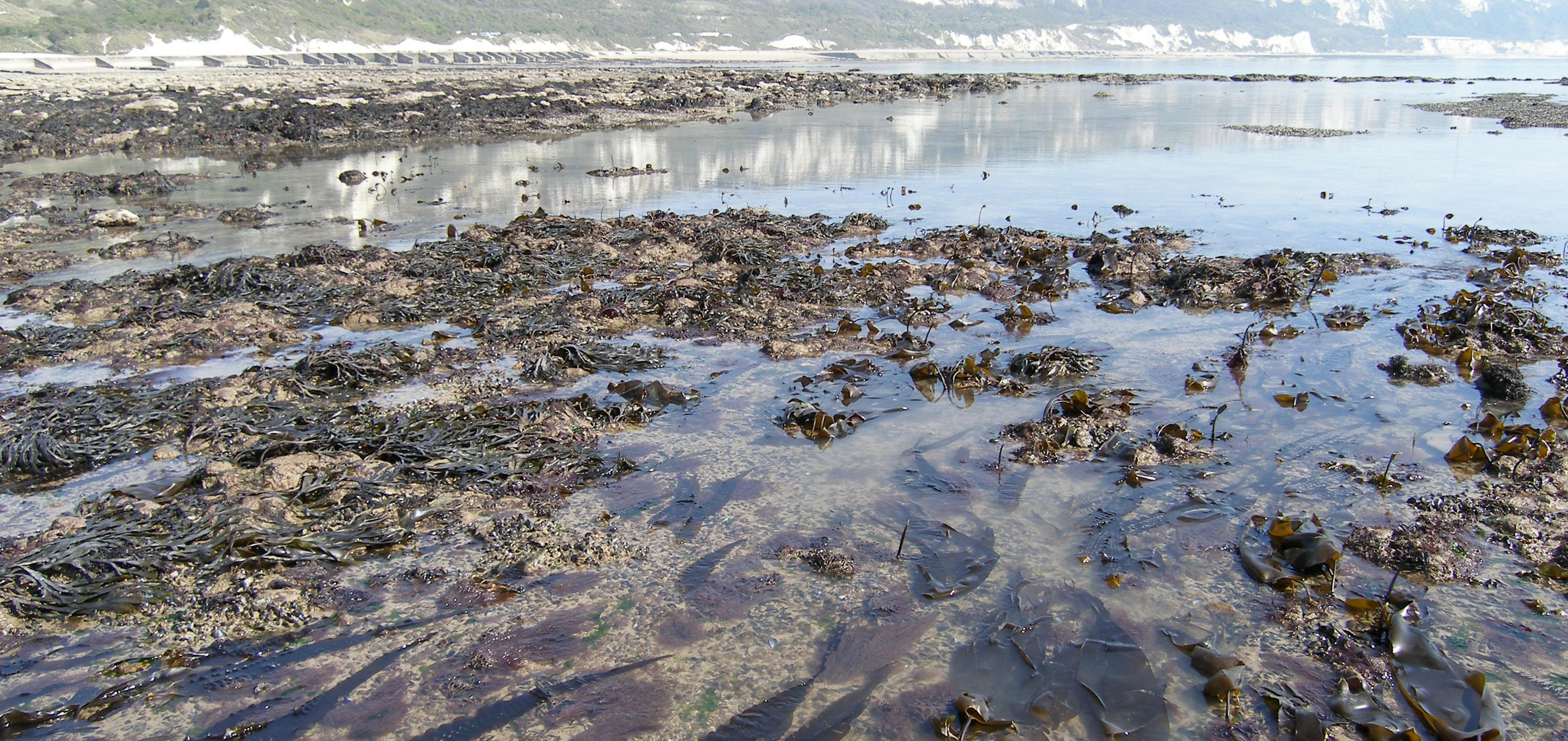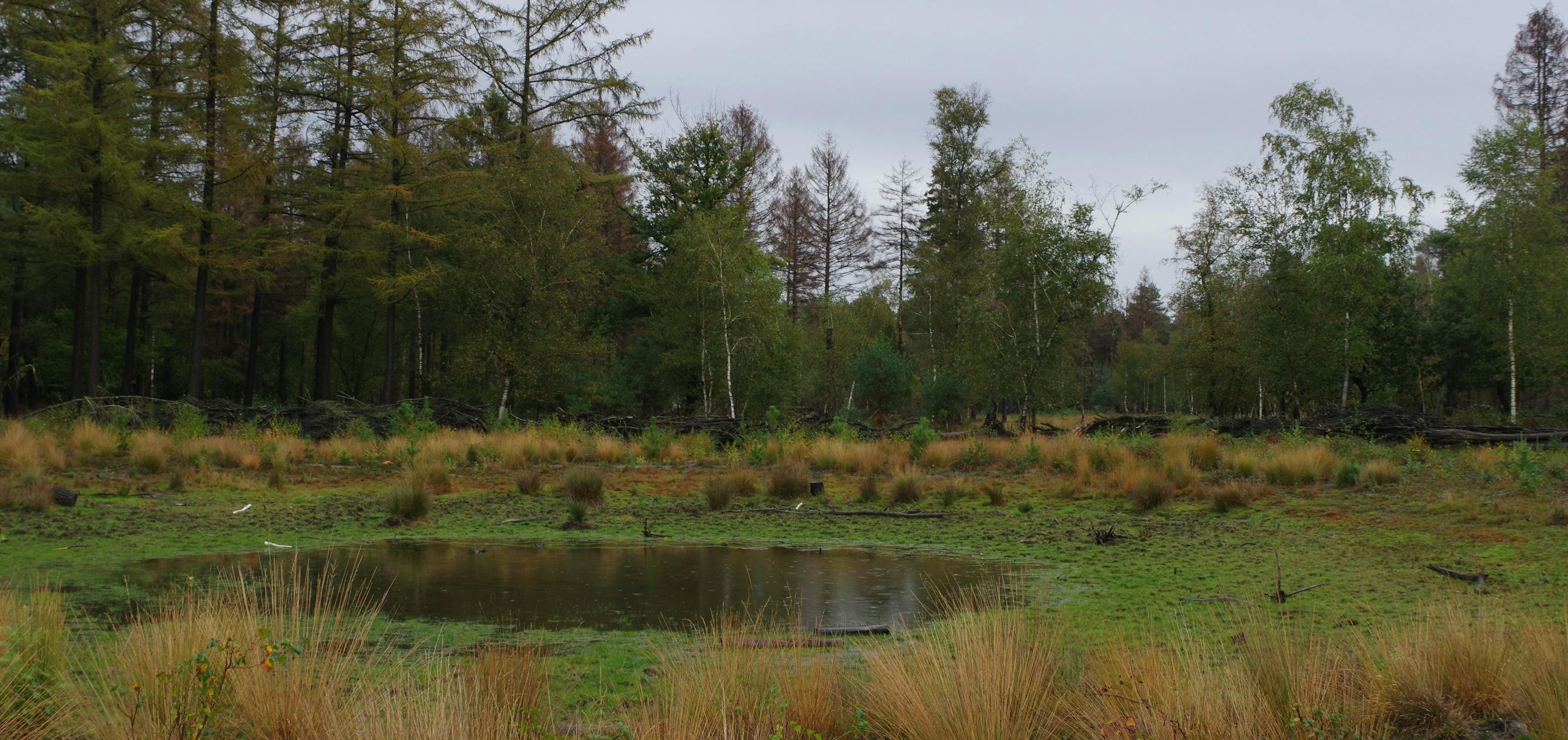
Great Fen: Speechly’s Farm
Great Fen: Speechly’s Farm is an opportunity to take 127 hectares of arable farmed fen peatland out of commercial production and restore to high water table, wetland fen habitats. Delivering ecosystem services to improve the condition of neighbouring Woodwalton Fen National Nature Reserve, it will provide a vital wildlife corridor by connecting two remaining fragments of original fen, Woodwalton and Holme Fen National Nature Reserves
- Total Area (hectares)
- project cost
- total units
Our Wilder Carbon projects achieve a multitude of added benefits alongside carbon sequestration and reduction. We pick three unique features of each project to highlight the co benefits of the projects.
The site is located within the Great Fen, an ambitious landscape scale wetland creation and restoration initiative. The vision is to join up 2 extremely important National Nature Reserves (NNRs) and create new wetland and grassland habitats in the Fens.
The aim for Speechly's Farm is to manage the site in perpetuity through minimal intervention management. This will include some conservation grazing, that will result in an evolving mosaic of habitats attractive to a diverse range of flora and fauna that are currently restricted to the NNRs. Raised water tables will reduce the loss of peat soils and reduce the need for pump drainage of the area.
Peat Protection
Connectivity
Wilder Grazing
![]() ConnectivityThe Great Fen
ConnectivityThe Great FenThe site is located within the Great Fen, an ambitious landscape scale wetland creation and restoration initiative. The vision is to join up 2 extremely important National Nature Reserves (NNRs) and create new wetland and grassland habitats in the Fens. The wider Great Fen vision area extends across 3700 hectares from south of Peterborough to the north of Cambridge, near Huntingdon in Cambridgeshire.
Currently some 1800 ha are under conservation management in the Great Fen. Ancient wild fens once stretched for miles across a huge part of East Anglia, but more than 99% of the habitat disappeared when the land was drained for agriculture. Only fragments now survive. The 2 NNRs, Woodwalton Fen and Holme Fen, contain many species and habitats of conservation interest. Both are protected under UK legislation as Sites of Special Scientific Interest (SSSI). Woodwalton Fen is recognised as an internationally important Ramsar site and is a Special Area of Conservation (SAC).
![]() Great Fen: Speechly’s Farm - The Visionwilding, wetting and innovating
Great Fen: Speechly’s Farm - The Visionwilding, wetting and innovatingAcquired in 2023, kickstarted by NHLF and others’ support, the vision for Speechly’s Farm is to create a range of wetland habitats including open water, reedbed, marsh, wet grassland as well as some drier grassland in some slightly higher areas. This will encourage natural recolonisation of fen and wetland species. The design is based on existing topography, soils and water availability, employing some soft engineering and water control structures to retain water on site. Periods of dry weather will be mitigated via water stored from times of peak flow.
The aim is to manage this site in perpetuity through minimal intervention management. This will include some conservation grazing, that will result in an evolving mosaic of habitats attractive to a diverse range of flora and fauna that are currently restricted to the NNRs. Raised water tables will reduce the loss of peat soils and reduce the need for pump drainage of the area.
Halting the loss of peat is only half of the story at Speechly’s Farm on the Great Fen. Bringing iconic wildlife back to what was once the one of the largest wetland habitats in the UK is the more charismatic half. We will reunite the last refuges for fen wildlife at Woodwalton and Holme Fen Nature Reserves, with Speechly’s, the missing piece of the puzzle. For the first time there will be a bridge that spreads wildlife across the landscape and shows how green finance can support restoration of a lost landscape, making the Fens more resilient for the future.

EIUs
Calculating Estimated Issuance Units
By restoring Speechly’s Farm and taking it out of commercial arable production it is estimated that a large proportion of carbon emissions will be removed, generating carbon credits that will be available to purchase up front as estimated issuance units (EIUs). We apply a generous buffer and use the best available data, calculating a minimum defensible estimate over the 50 year duration of the project. With matured habitat regeneration over time, we hope to one day see Speechly’s begin to sequester carbon.
Beds, Cambs and Northants Wildlife Trust is delighted to be a Trusted Deliverer. Tackling the climate crisis through carbon storage has been central to the Great Fen since its inception, and it seems fitting that it is the first lowland Fen project to be registered in the UK with Wilder Carbon. We selected Wilder Carbon for its high integrity, ethical standards and highly credible Standards Board and verification partners. Through this exciting project we will be delivering tangible carbon benefits and substantial biodiversity gains simultaneously.
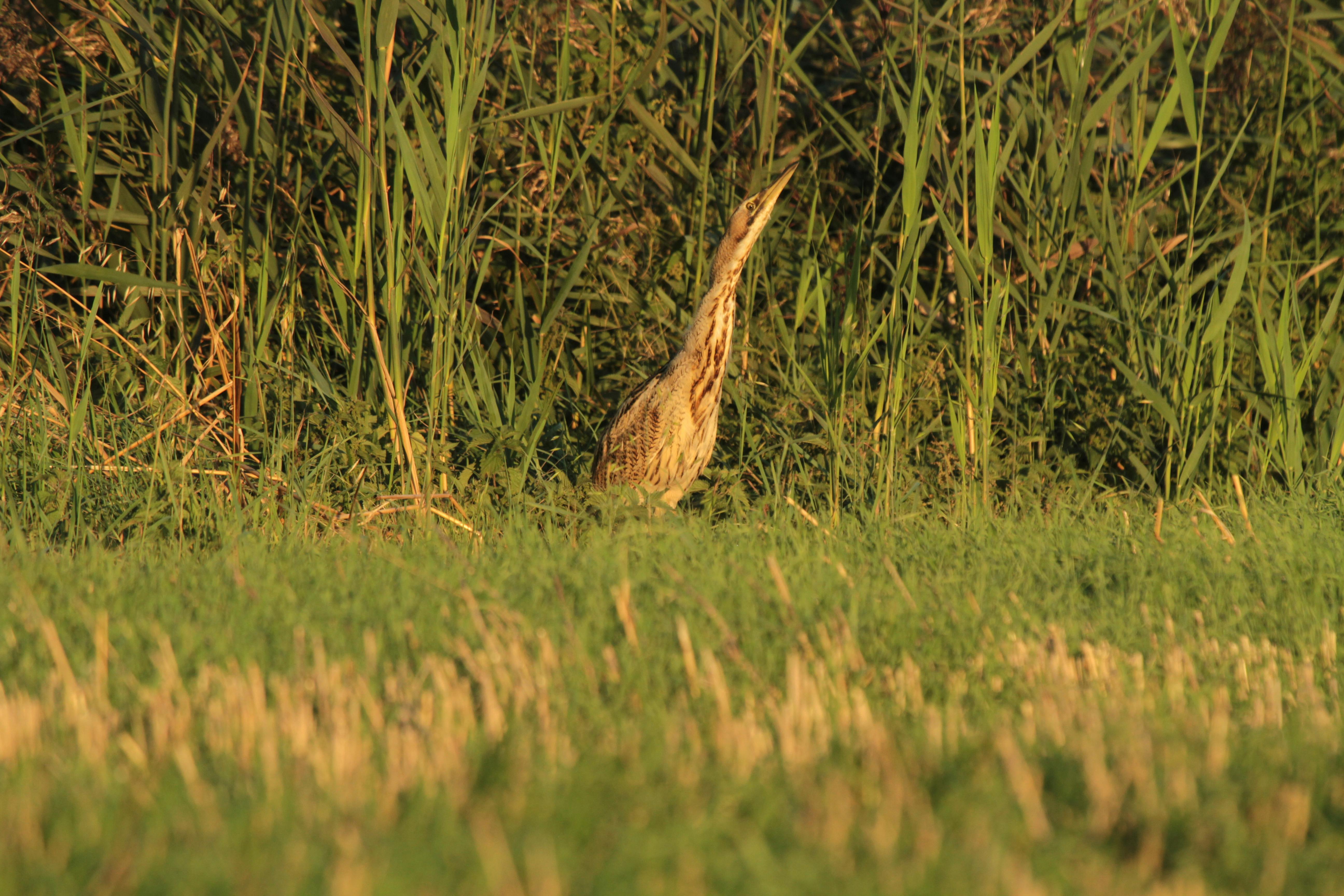
With only a few fragments of original fen surviving, this will provide a vital haven to wildlife. Species such as the, fen violet, marsh moth and tansy beetle are rare, endangered and almost unique to the Fens. These can flourish again as these vital habitats are once again connected and new habitats created. Other species such as bitterns, barn owls and marsh harrier, a wealth of wading birds and amphibians could also benefit from this newly restored farm .
An additional part of the site, which is not included, under the Wilder Carbon Standard will be used to develop paludiculture which builds on the successful pilot elsewhere on the Great Fen piloted by the WTBCN.
PROJECT REGISTRATION DOCUMENTATION
Project Design Document COMING SOON
Management Plan COMING SOON
Monitoring Plan COMING SOON
External Validation COMING SOON
Management Agreement COMING SOON
Engagement Plan COMING SOON
Maps and Surveys COMING SOON
Carbon + Habitat Tool Project Outputs COMING SOON
Carbon + Habitat Tool Habitat Parcels COMING SOON
Speak to our Delivery Team
Our delivery team consists of in-house experts who can talk to you about your Wilder Carbon investment.
![Evan Bowen-Jones]() Evan Bowen JonesFounder / Managing Director
Evan Bowen JonesFounder / Managing Director![Paul Hadaway]() Paul HadawayDirector of Conservation
Paul HadawayDirector of Conservation- Sarah BrownlieProgramme Director
![Ross Johnson]() Ross JohnsonHead of Nature Markets
Ross JohnsonHead of Nature Markets![Robbie Still]() Robbie StillHead of Digital Development
Robbie StillHead of Digital Development![]() Helen Gillespie-BrownBusiness Development Manager
Helen Gillespie-BrownBusiness Development Manager
Other Projects
- Research & DevelopmentRead more about Solent Seagrass project
Solent Seagrass
- Research & DevelopmentRead more about Mercer's Farm project
Mercer's Farm
- Ready Now
![]() Read more about South Lakeland project
Read more about South Lakeland projectSouth Lakeland
- Ready Now
![]() Read more about Heather Corrie Vale project
Read more about Heather Corrie Vale projectHeather Corrie Vale
- Ready Now
![]() Read more about Honeygar Farm project
Read more about Honeygar Farm projectHoneygar Farm
- Ready NowRead more about Great Fen: Speechly’s Farm project
Great Fen: Speechly’s Farm
- New OpportunityRead more about Blue Carbon project
Blue Carbon
- In Development
![]() Read more about Wilder Blean Woods Complex project
Read more about Wilder Blean Woods Complex projectWilder Blean Woods Complex
- In DevelopmentRead more about Wantsum Wetlands project
Wantsum Wetlands



